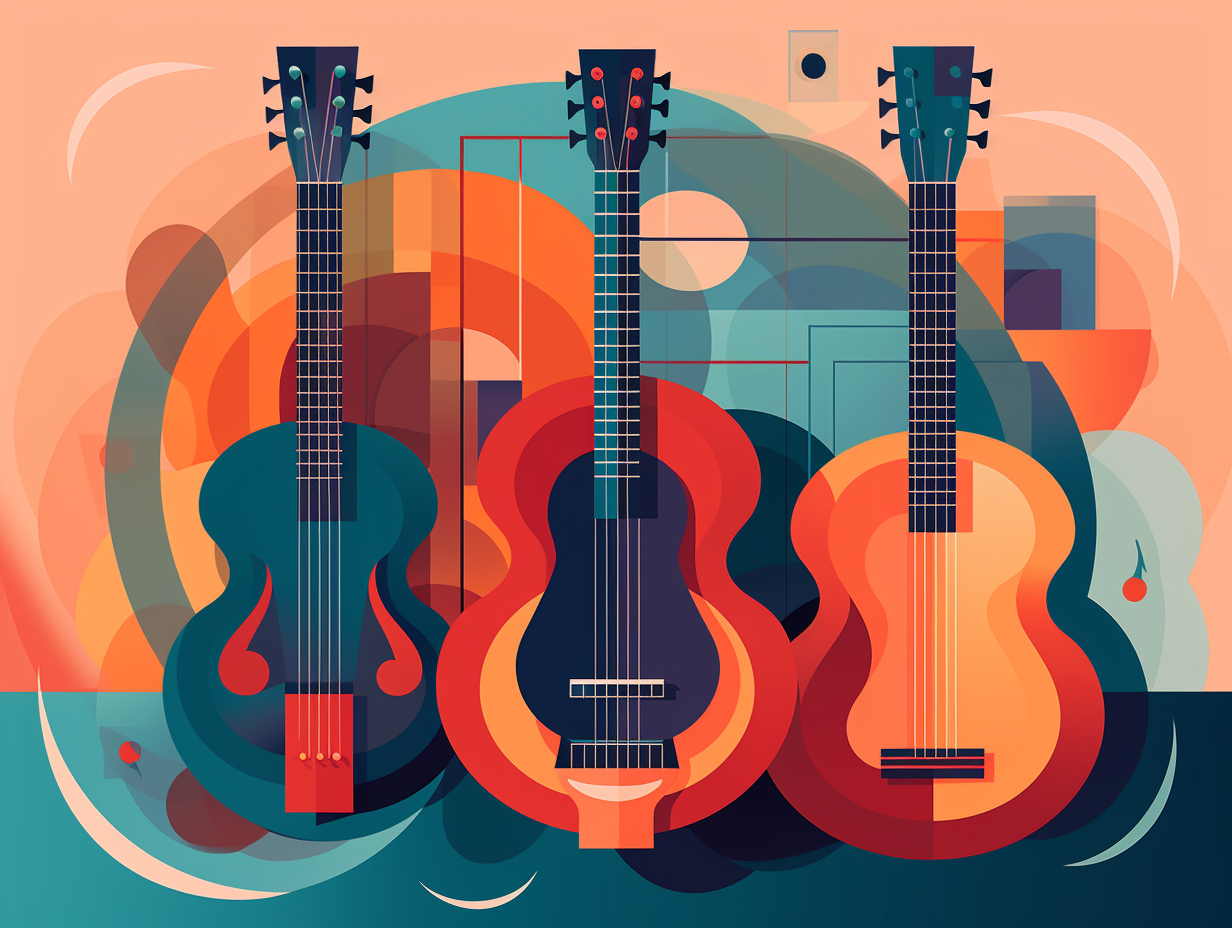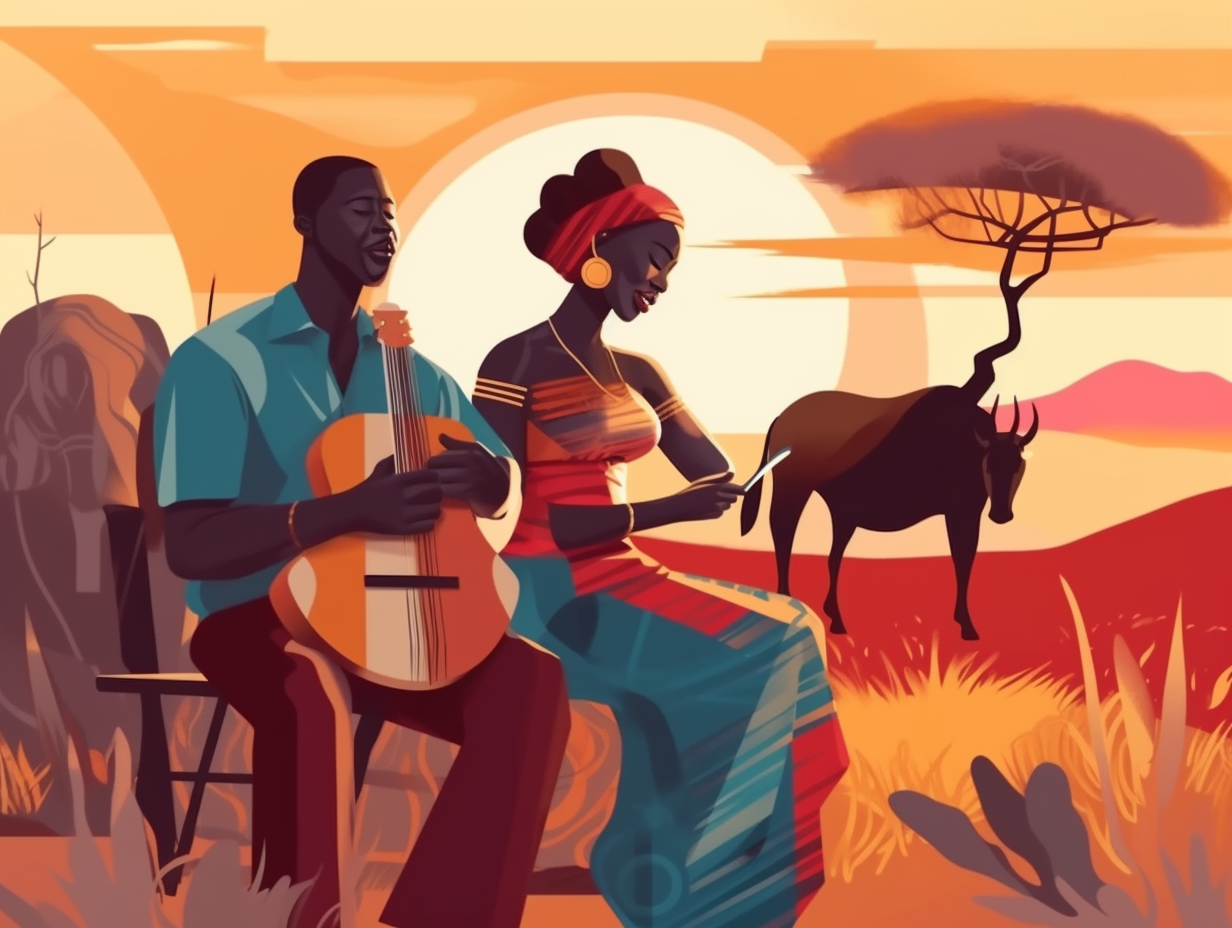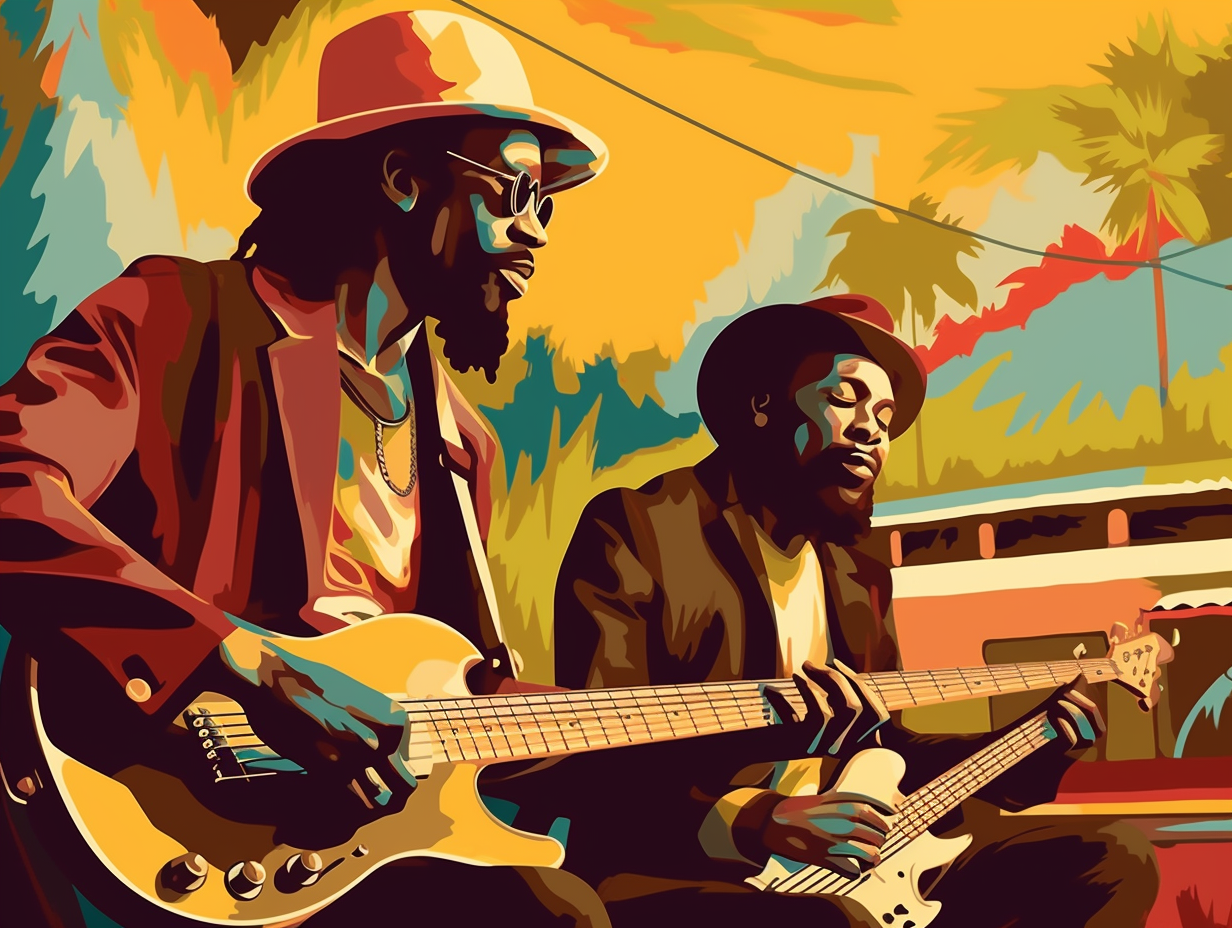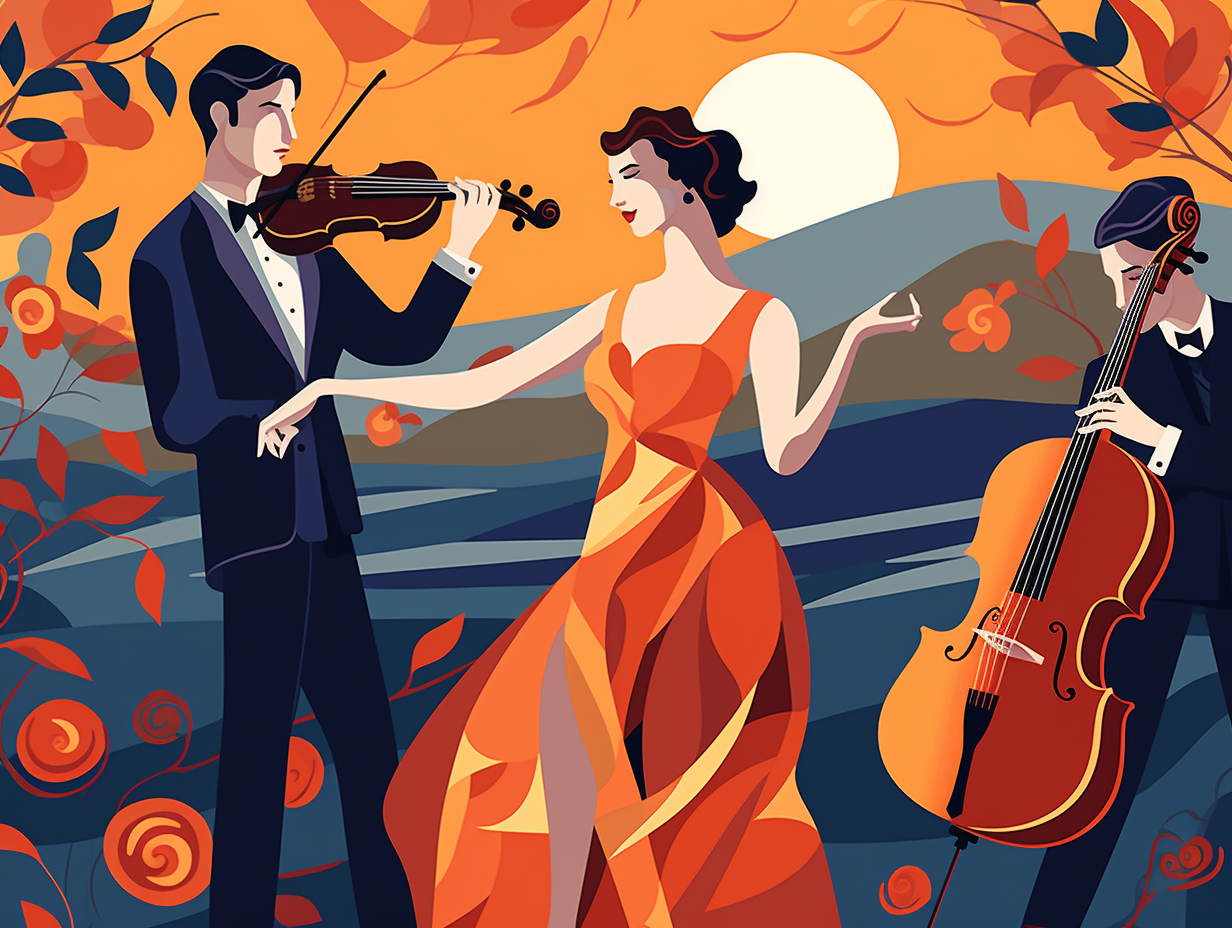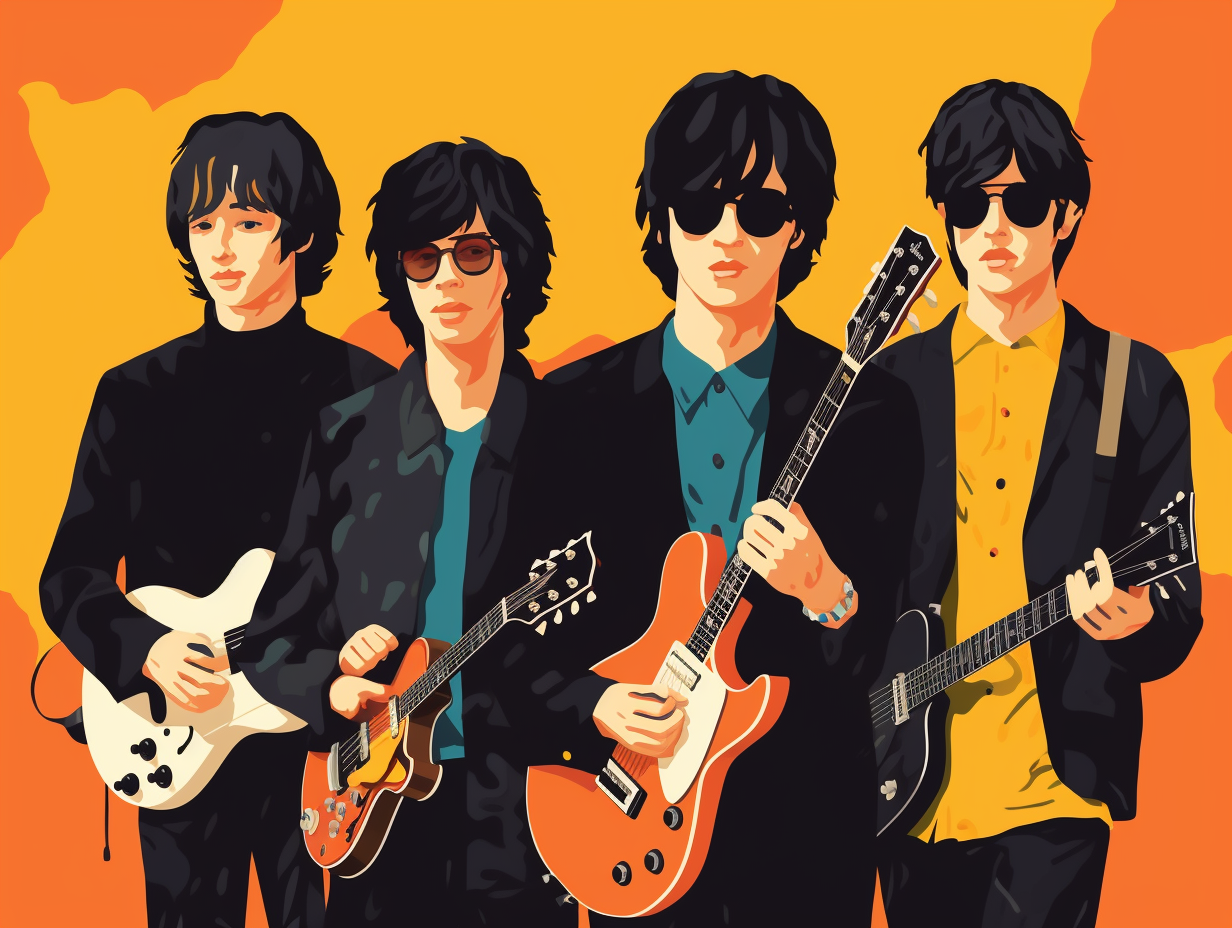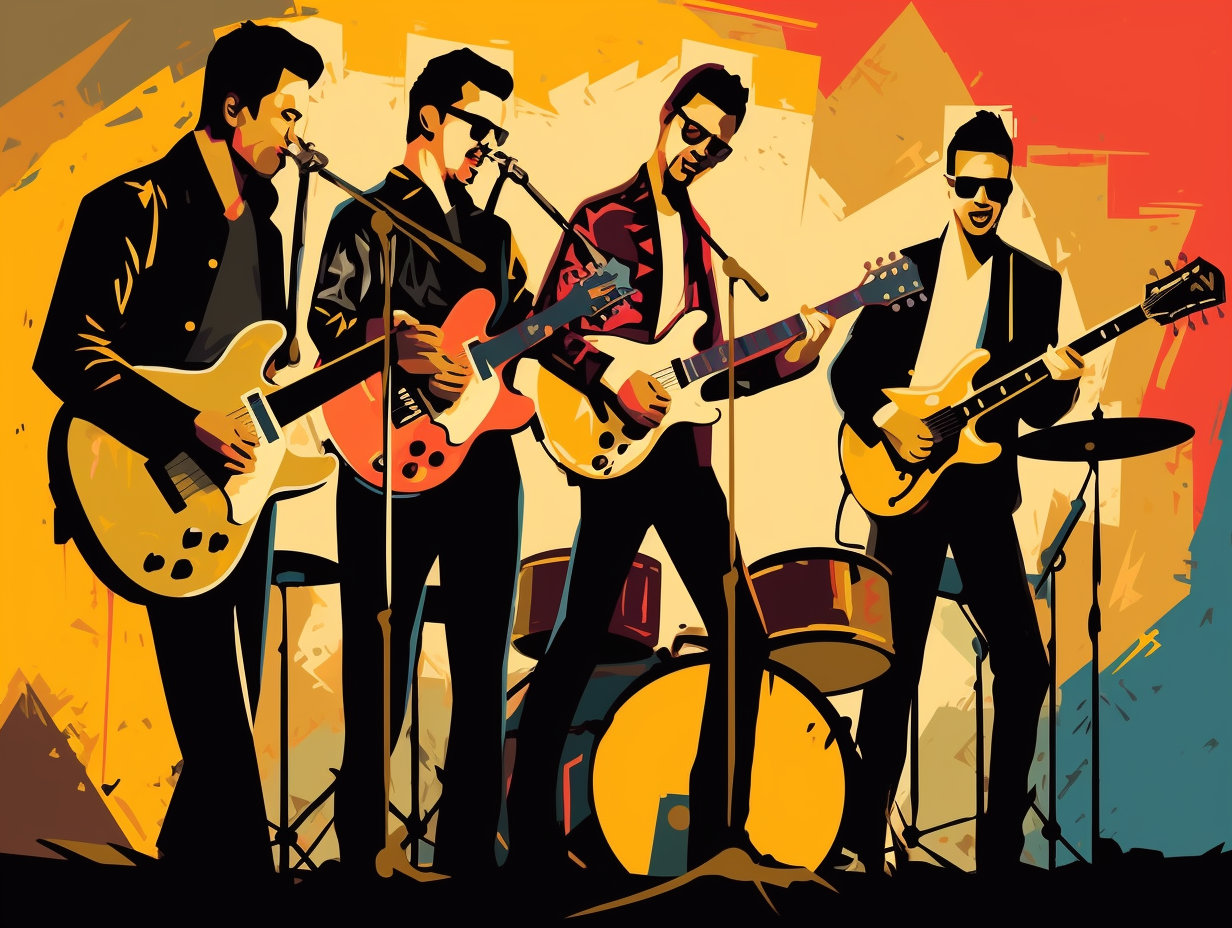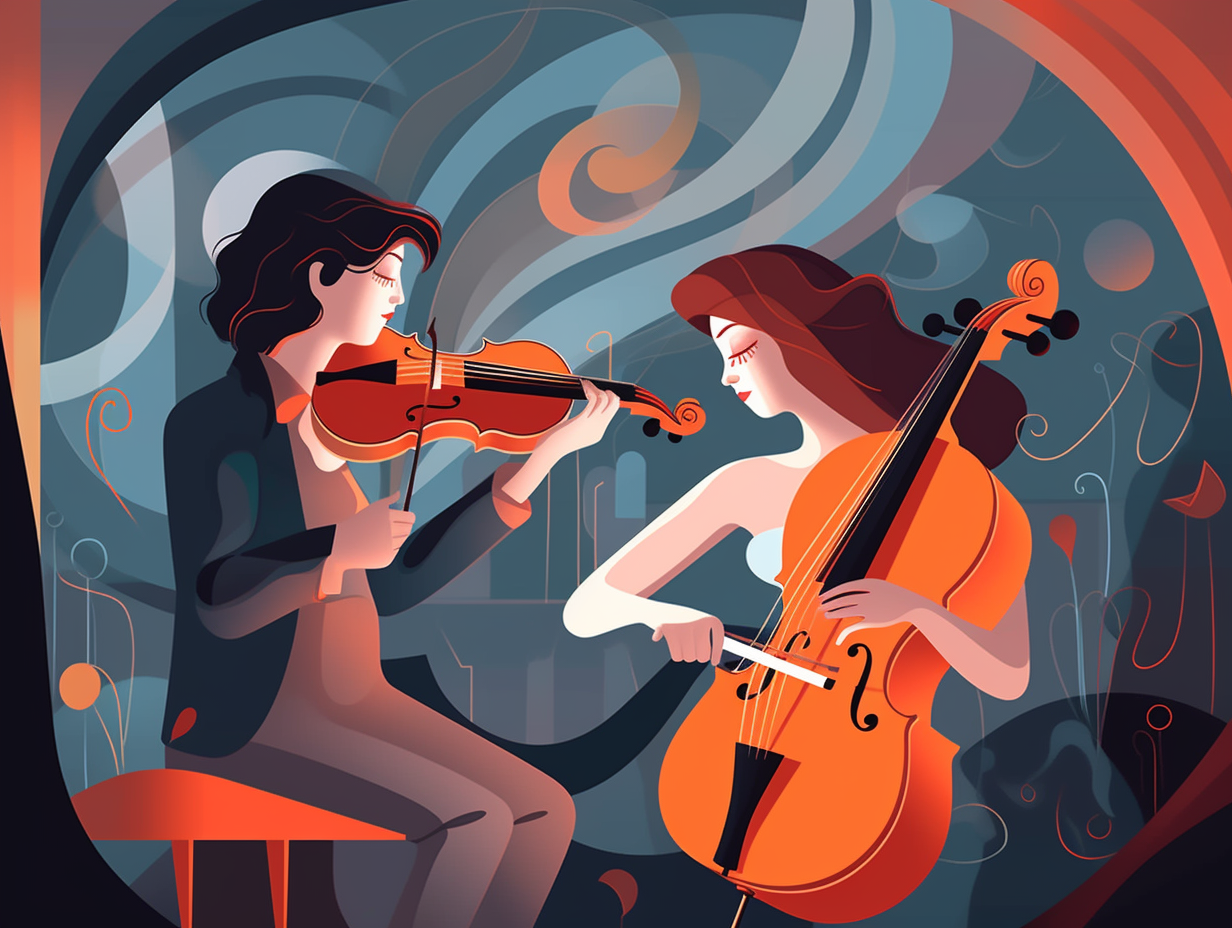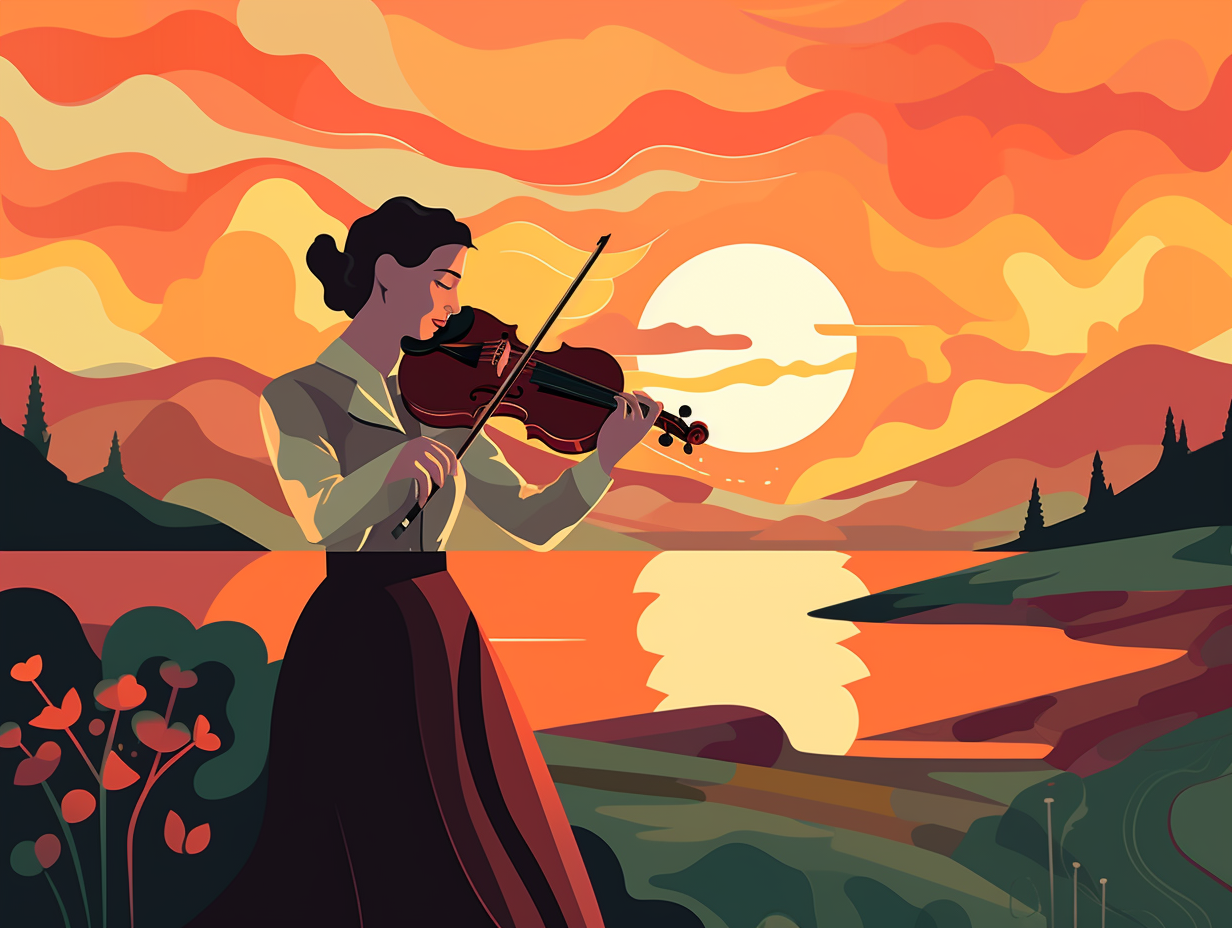Strumming Through Time: 11 Surprising and Entertaining Facts About the Blues You Never Knew!
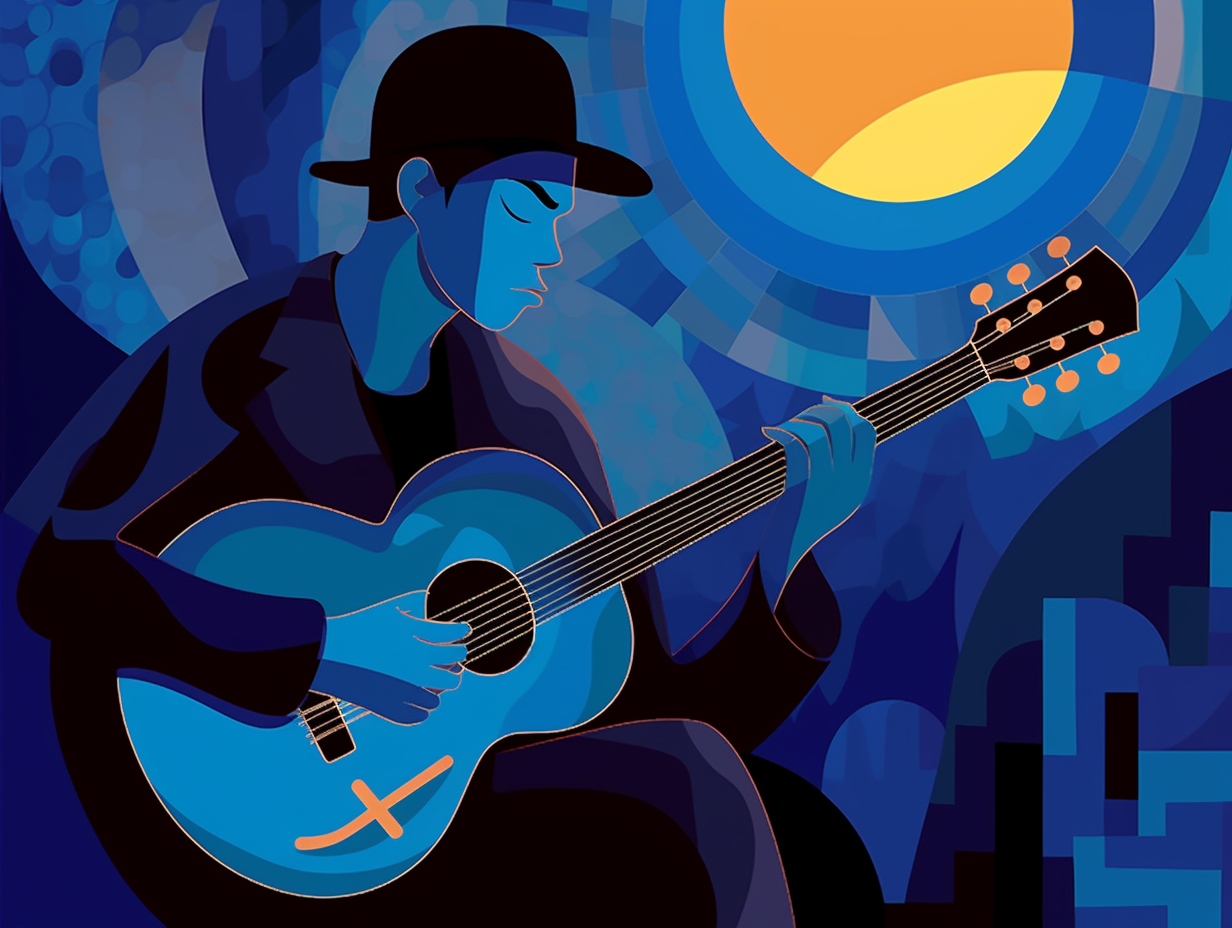
1. Bisexual Blues Queen: Ma Rainey
Who said the blues are a drag? Just ask Ma Rainey, the trailblazing "Mother of the Blues" who sang her soul with a cheeky twist and openness about her bisexuality: This vocal powerhouse was also a prolific songwriter, penning tunes about heartache, depression, and the lives of feisty African-American women. Inspiring legends like Dinah Washington, Big Mama Thornton, and Janis Joplin, Ma Rainey's life even hit the high notes on Broadway and the big screen!
Source => womenshistory.org
2. When Southern Dog met Delta Blues
Where a Southern dog met the Delta blues: In Tutwiler, Mississippi, W.C. Handy chanced upon a man sliding his knife against a guitar, crooning "Goin' where the Southern cross' the Dog" in 1903. Inspired, Handy adapted this tune into the "Yellow Dog Blues" and subsequently became the "Father of the Blues," dominating popular orchestrations throughout the Delta region.
Source => msbluestrail.org
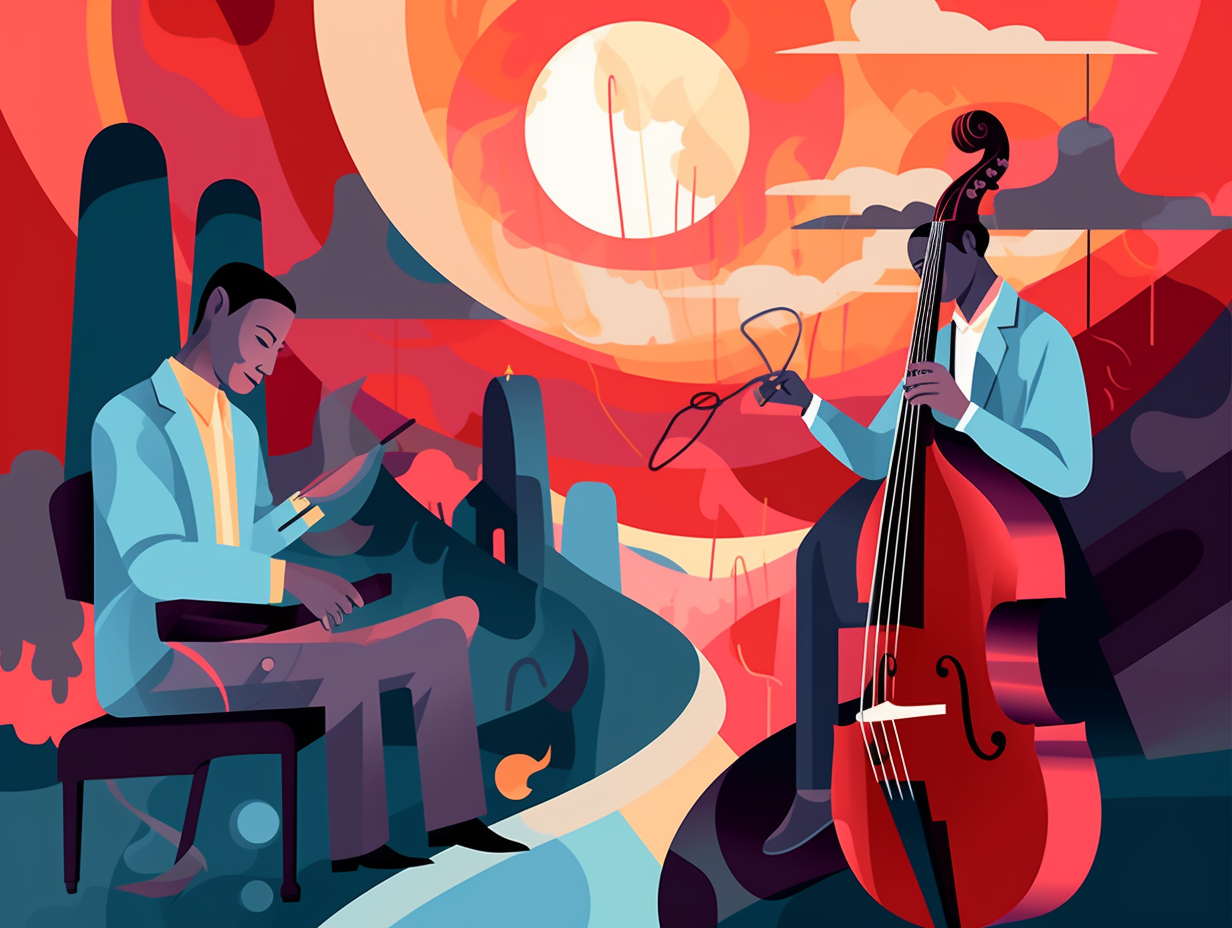
Did you know about the jazzy party at Nicholson's MusiCafé? Join saxophone-loving enthusiasts for a lively jam session every 4th (and sometimes 5th) Tuesday of the month! 🎷🎶
=> Fun Facts about Jazz
3. Boogie Woogie: Honky-Tonk Origins
Next time you find yourself at a barrel of laughs, raise a glass to the boogie woogie: a toe-tapping, floor-stomping, honky-tonk good time born in the late 1800s Texas African-American communities: Often the soundtrack for house parties and boozy establishments, this rollicking musical style's name etymology remains hazy, but likely draws from early 20th-century "rent party" lingo and West African or Bantu phrases, though thankfully not from "mbuki-mvuki," which means stripping down to dance with wild abandon.
Source => summerjamboree.com
4. Rock and Roll's Grandblues Foundation
Next time you're rocking around the clock, remember to thank your dear ol' grandblues: Blues music was the key foundation for the origins and development of rock and roll. The hilarious prelude: Famed rock legends like the Beatles, the Rolling Stones, and Jimi Hendrix all have a little "baba blues" in their DNA, thanks to pioneers like Chuck Berry, Muddy Waters, and Little Richard. The serious reveal: The birth of rock and roll was heavily influenced by blues music's 12-bar form, antiphonic textures, walking bass lines, amplified instruments, bending guitar notes, and exhilarating rhythmic elements with an emphasized backbeat.
Source => bigdaddydupree.com
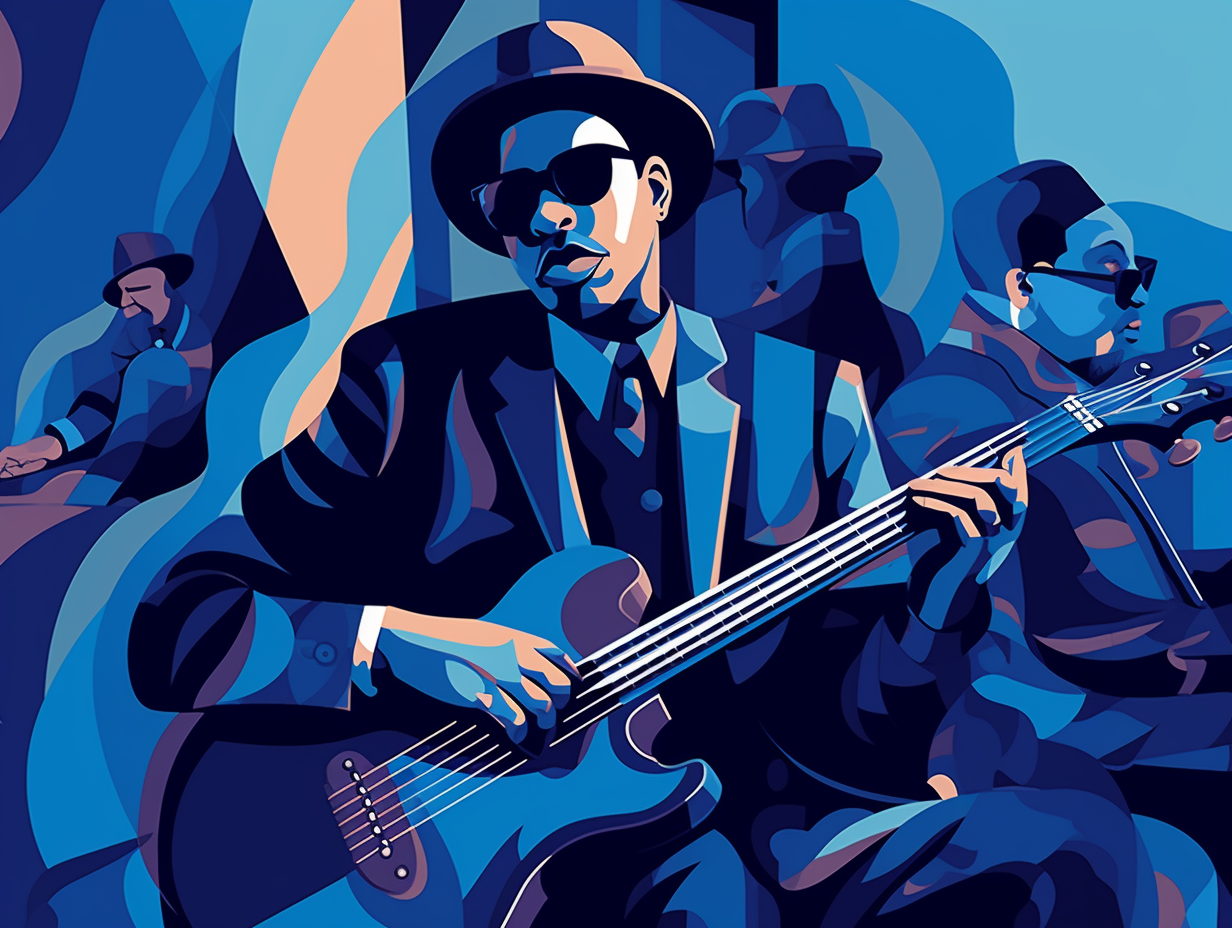
5. Choo Choo Charlie's Harmonica Express
Ever heard of the original "Choo Choo Charlie" jam sessions? You may have, and it turns out it's all aboard the harmonica express: early Blues harp players found both rhythmic and melodic inspiration from the sounds of the railway, such as the engines and the wailing of train whistles, leading to a profound impact on the development of Blues music.
Source => allaboutbluesmusic.com
6. Mississippi-Alabama Blues Studio Swap
When Mississippi and Alabama musicians aren't busy battling for the Blues Belt Championship: They've been crossing borders to record at each other's famous studios, with artists like Albert King, Little Milton, and Pops Staples laying tracks at Muscle Shoals and Sheffield, while the legendary Muscle Shoals Sound Studio hosted superstars such as Aretha Franklin, Wilson Pickett, and the Rolling Stones, proving that these states played a pivotal role in shaping American popular music across blues, country, gospel, soul, and rock 'n' roll.
Source => hmdb.org
7. B.B. King: Grammy Royalty
Move over Emmys, B.B. King is the king of a different award show: With a whopping ten wins, B.B. King holds the record for the most Grammy Awards in the category of Best Traditional Blues Album, which, after some musical chairs between being merged with the Best Contemporary Blues Album category and returning to its original status, still stands as a testament to his unparalleled talent.
Source => en.wikipedia.org
8. Blues Revival: US vs UK Showdown
Who says the '60s were groovy, man? Turns out the blues were feeling a little...blue in the US and UK at the time: The blues revival of the 1960s had different vibes across the pond - while American musicians were all about getting in touch with their "authentic" ancient blues roots, those British rock and rollers celebrated the electrifying sounds of living legends like B.B. King and Albert King, thanks to some American G.I. record hand-me-downs. Let's hear it for that good ol' British Invasion, eh?
Source => shsu.edu
9. Chicago Blues' Birthplace: The Gates
Before "The Gates" became synonymous with a tech mogul, it once referred to a hoppin' joint where the Chicago blues came to life: Ruby Lee Gatewood's Tavern, aka "The Gates," was the go-to spot for blues legends like Tampa Red, Big Bill Broonzy, and Memphis Minnie in the 1930s, where they played for predominantly black neighborhoods on the South and West Sides. The club's success, coupled with the marketing prowess of Paramount Records, RCA Victor, and Columbia Records, turned Chicago blues into a booming business and eventually sparked the British blues movement of the 1960s.
Source => jazzhistorytree.com

10. Hawaiian Roots of Slide Guitar
Who needs a margarita in Hawaii when you've got a revolution brewing in your lap? Well, hold onto your lei and get ready for a tropical twist: The slide guitar technique synonymous with blues music actually originated from Native Hawaiian musician Joseph Kekuku's lap-steel style, in which he played his guitar on his lap and slid a piece of metal across the strings. This unique innovation created waves from the shores of Hawaii to the Mississippi Delta, becoming a key element in the blues sound we know and love today. Aloha, blues!
Source => wilsonquarterly.com
11. The Triple-Decker Blues Sandwich
If blues music were a sandwich, it'd be a triple-decker, served with a side of rock: In this musical meal, the AAB song form and the 12 bar blues chord progression reign supreme, with three 4-bar sections creating a lyrical dance between question and answer, using the I, IV, and V chords of the eight-note scale. Take a bite out of that musical masterpiece the next time you listen, and savor the sweet structure of blues!
Source => songstuff.com
Related Fun Facts

